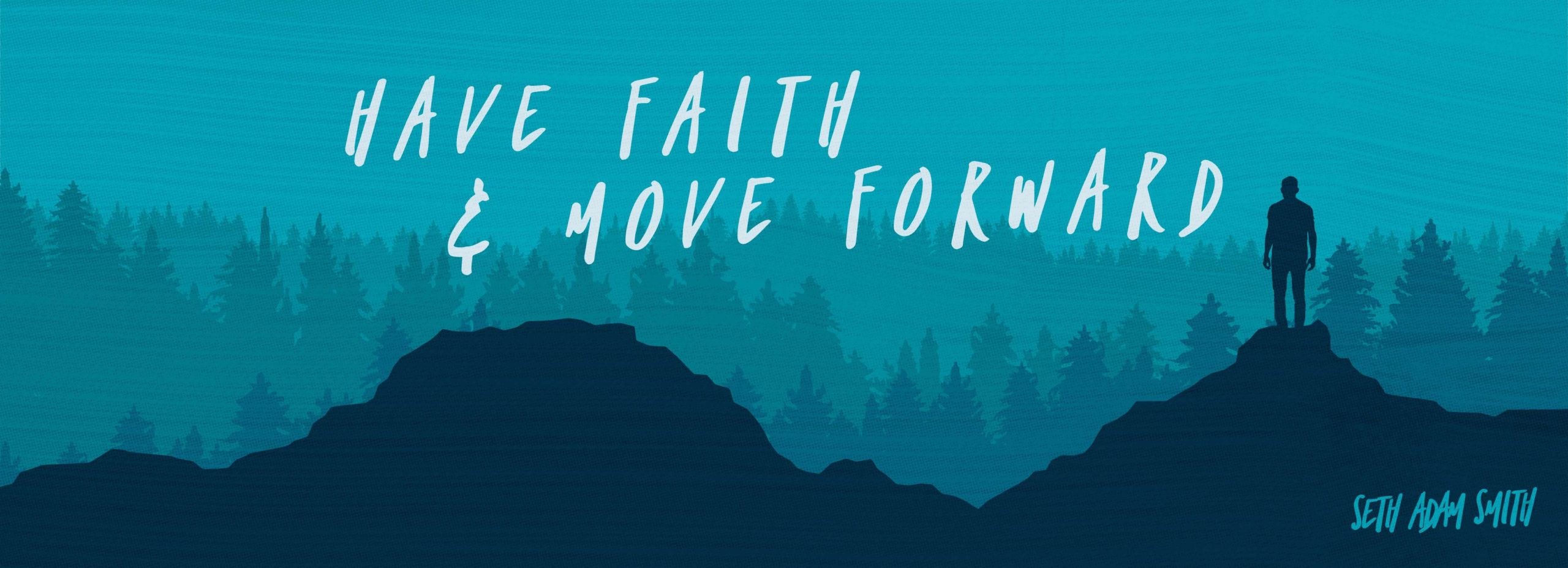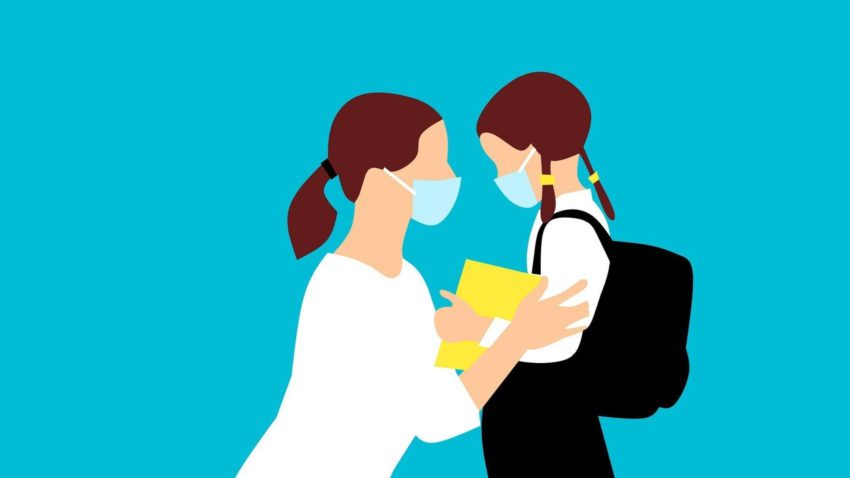The evidence is clear: COVID-19, although still life-threatening, is not nearly as life-threatening as we first believed (see below). And now, as a direct result of our mitigation efforts, we have a much larger problem on our hands. And this problem can’t be solved by social distancing…
…in fact, the solution is quite the opposite.
Before I go any further, I need to make something very clear: I’m not denying the threat of COVID-19, nor am I suggesting that we throw caution to the wind and just start making out with strangers. COVID-19 is a very real threat and we should protect the vulnerable to the best of our ability.
But we need to understand that our collective fear, depression, anger, anxiety, and hysteria is having a severe impact on our mental and physical well-being. And if we don’t calm down and move forward—and soon—we will most likely cause far greater damage than COVID-19 ever could…
“Far Greater Deaths”
Robert Redfield, the Director of the Centers for Disease Control (CDC) recently confirmed that more youth are currently dying of suicide than COVID-19.
In an interview with the Buck Institute, Redfield stated that COVID-19 has put the country in a state of stress that has led to a massive spike in suicides and drug overdoses:
“We’re seeing, sadly, far greater suicides now than we are deaths from COVID. We’re seeing far greater deaths from drug overdose that are above the excess that we had as background than we are seeing the deaths from COVID.”
Robert Redfield, Director of the CDC
Then, in a report released on August 13, the CDC revealed that more than 25% of young Americans (ages 18-24) have seriously considered killing themselves during the previous month.
Stop right there.
Twenty-five percent.
Twenty. Five. Percent.
Given the fact that there are about twenty million Americans between the ages of 18-25, that’s roughly five million young people—five million of our sons and daughters, brothers and sisters, friends and family—that have contemplated suicide as a direct result of the “mitigation activities.”
Flawed Forecast
Keep in mind that the mitigation activities adopted by the U.S. were primarily based on the flawed, hyper-sensationalized Imperial College model. This model forecasted that by October, upwards of 2.2 million people in the United States would die as a result of COVID-19.
These numbers were reported by a team of epidemiologists led by Dr. Neil Ferguson—a man who had previously published equally sensational (and bogus) death estimates for swine flu, bird flu, and mad cow disease. (In 2005, for example, Dr. Ferguson stated that up to 200 million people could be killed from the Bird Flu when, in reality, only 282 people died from the disease.)
To add insult to injury, Dr. Ferguson himself—while lecturing the public to socially distance—had an affair with a married woman while he knew he was personally infected with COVID-19!
At the time of writing this article (mid-August), there have been about 170,000 recorded COVID-19 deaths, far below the hyper-sensationalized 2.2 million projection.
Someone’s Loved One
Now, every death is a tragedy and I’m not going to sit here and argue—like some people have—about HOW those numbers were/are counted. Every life is precious and each and every one of those numbers is someone’s loved one.
But in like manner, those young Americans—those five million young adults who have contemplated ending their lives—are the loved ones of so many of us. And we only know the stats of THAT age group.
What about every other age group? What about those who aren’t speaking up? What about kids under the age of 18? What about the single parents who are unable to make ends meet? What about the elderly who are overwhelmed with feelings of loneliness? If millions of our youngest and brightest are feeling hopeless, how many millions more are suffering in silence?
When I was twenty years old, I felt like everything was hopeless. I slipped into a deep depression and tried to take my life. But now, as the parent of three beautiful, and wonderful children I know—without any doubt—that the world is filled with hope. And I refuse to raise my children in this state of fear and depression.
So What Now?
We need to drop the hysteria and move forward with faith.
Where politicians and “experts” have failed us, we cannot fail our children. Life, liberty, and the pursuit of happiness—all three of those things are risky—sometimes deadly. But taking risks and exercising our agency and creativity is what makes life worth living.
So, I’m done with the hysteria. I’m done with the media-fueled fear. And I’m done listening to all of petty tyrants (“Karens”) on social media. Obviously, we should exercise caution and protect the vulnerable. But at this point, it’s time for governments (local, State, and Federal) to allow ALL of us to move forward.
After 150+ days of “15 Days to Slow The Spread,” I think we can safely say that most of us have really gone above and beyond that call. We slowed the spread and flattened the curve. Now is the time to increase our faith, stand up, and move forward.
If you’re not convinced that we should move forward, then I encourage you to watch the video below. It’s a video of a father who lost his son to suicide—a suicide brought on by the mitigation efforts of COVID-19.
Please consider his story before you try to justify keeping everyone frozen in a state of fear.
We slowed the spread and flattened the curve. Now is the time to increase our faith, stand up, and move forward.
Seth Adam smith

